
Turtles don’t say much—but if they could talk, they’d have stories that go back millions of years. These quiet creatures have adapted, evolved, and outlasted almost everything on Earth. Most people know they’re slow and steady, but that’s just the surface. Dig a little deeper, and you’ll find facts that are surprisingly strange, sometimes funny, and always fascinating. Here are a few things you probably didn’t know about turtles.
They’ve been around forever.
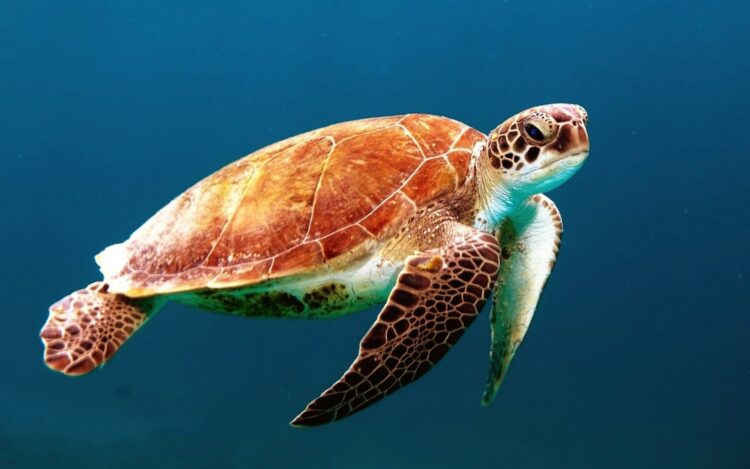
Turtles walked the Earth long before humans—long before most things, actually. They showed up more than 200 million years ago and somehow survived whatever wiped out the dinosaurs. Their calm, unbothered way of living? It’s not lazy. It’s survival. Instead of changing with the world, they stayed the same and let the world shift around them. That kind of quiet endurance is rare—and oddly brilliant.
Some of them breathe through their butts.
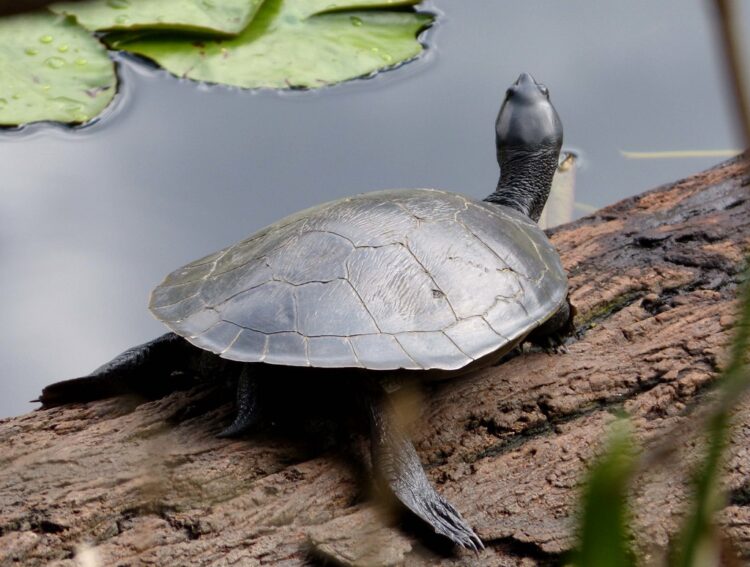
A few turtles, like the Fitzroy River turtle, can take in oxygen through their backside. It sounds like a joke, but it’s a real biological trick. It helps them stay underwater for longer stretches, especially in cold rivers where coming up might not be ideal. It’s not glamorous, but it works—and when you’re a turtle, staying alive beats looking cool.
Their shell is part of their body.
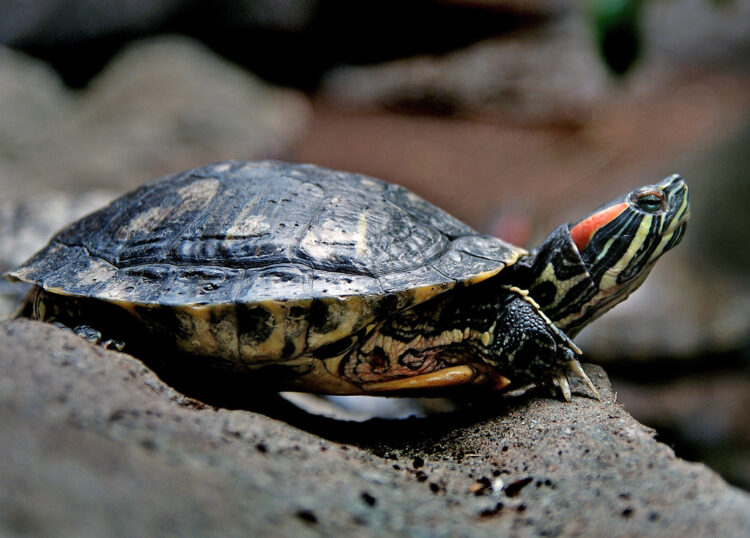
People sometimes imagine turtles climbing out of their shells like a crab. That’s not how it works. A turtle’s shell is part of its skeleton, fused to the spine and ribs. It grows with them, and they can also feel it. If you tap on it, they’ll notice. Damage it, and it hurts. It’s not a house they live in—it’s more like their skin and bones rolled into one solid, built-in shield.
They don’t have teeth—but they still bite.
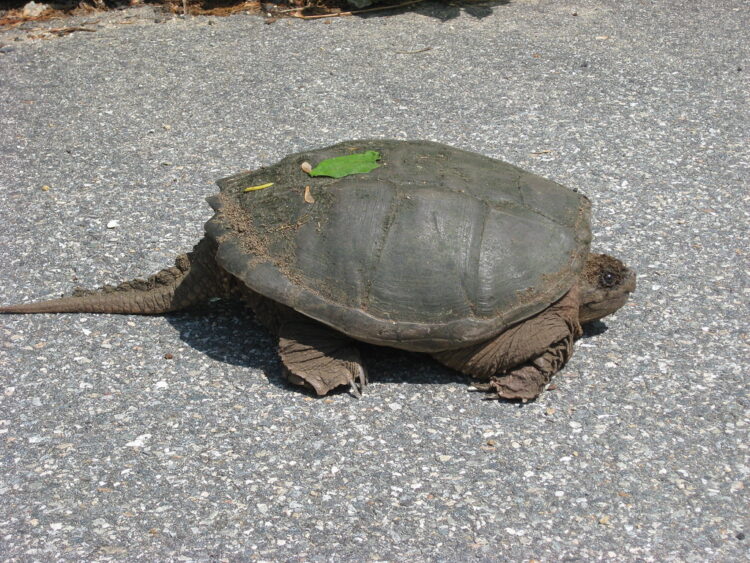
Turtles lost their teeth long ago, but that doesn’t mean they’re harmless. They’ve got sharp beaks and some cut through plants like scissors. Others can crush a crab shell in seconds. What they eat shapes how their beak works. No chewing involved—bite, snap, and swallow. You’d be surprised how much power they pack without a single tooth.
They can cross oceans and still find home.
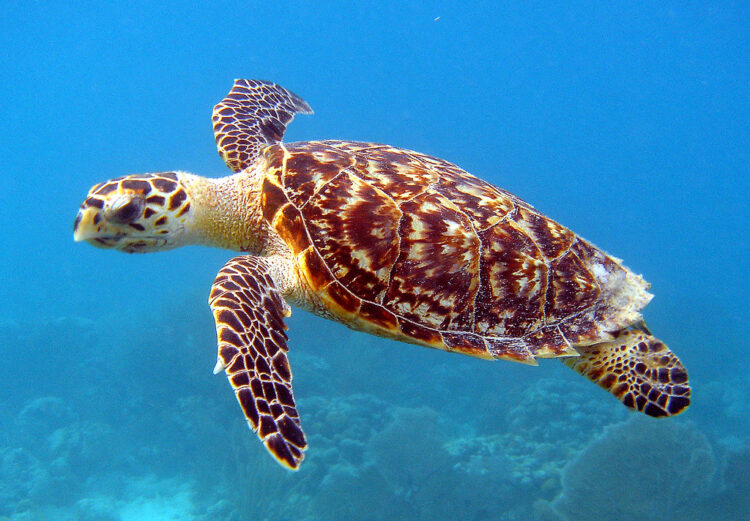
Sea turtles are known to travel thousands of miles, crossing open waters with no landmarks in sight. And yet, they somehow return to the same beach where they hatched. Scientists believe they use the Earth’s magnetic fields to guide them. After years away, they’ll crawl back onto that exact stretch of sand to lay their eggs like muscle memory, but for a lifetime.
Warm sand makes girl turtles.

For many turtles, the temperature of the sand decides whether a hatchling is male or female. Cooler nests produce boys. Warmer ones make girls. It’s nature’s version of balance. But with rising global temperatures, some nesting beaches are turning out almost all females. It’s an odd system—one that works beautifully when the climate stays steady, but starts tipping when the world heats up too fast.
They move slow—unless they’re swimming.
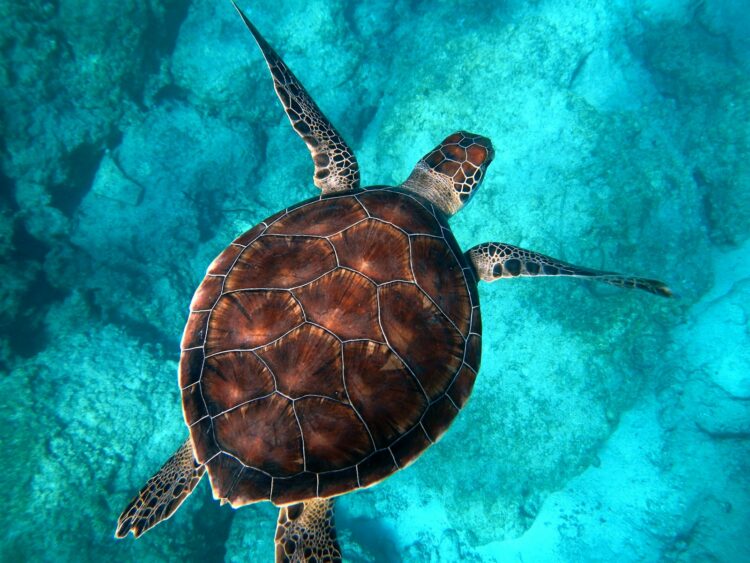
On land, turtles aren’t winning any races. They shuffle. They pause. They take their time. But get them in water, and it’s a whole different story. Sea turtles can zip through the ocean like they were built for it—because they were. Their limbs work like paddles, propelling them at surprising speeds. So yeah, they may seem slow, but only when you’re looking in the wrong place.
Some turtles freeze—and survive it.

Painted turtles and certain box turtles can live through deep freezes in winter. When temperatures drop, they slow everything down—their heart, their breathing, even their brain activity. They can have ice inside their body and still come back in spring like nothing happened. It’s not magic. It’s biology. Most animals would die from that kind of freeze. Turtles? They just wait it out.
They remember where they live.

Wild turtles don’t wander aimlessly. They have a mental map of their home range—knowing where to find water, food, and safe hiding spots. If you move one away from its territory, it often tries to go back, even if it takes days. That’s why wildlife experts say to leave them where you found them. They’re not confused. They just know exactly where they’re supposed to be.
Some tortoises live longer than people.
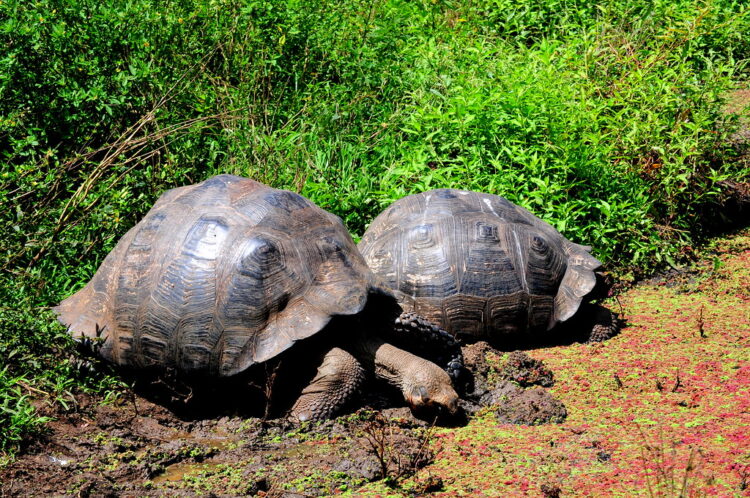
The slow pace isn’t just a personality trait—it’s part of why they live so long. Certain tortoises, like the Galápagos giants, can reach 150 years or more. One named Jonathan is still alive at over 190. They grow slowly, stay calm, and avoid drama. It’s not a bad strategy. While everything else rushes by, they quietly stick around—and outlast almost everyone.
Turtles aren’t silent.
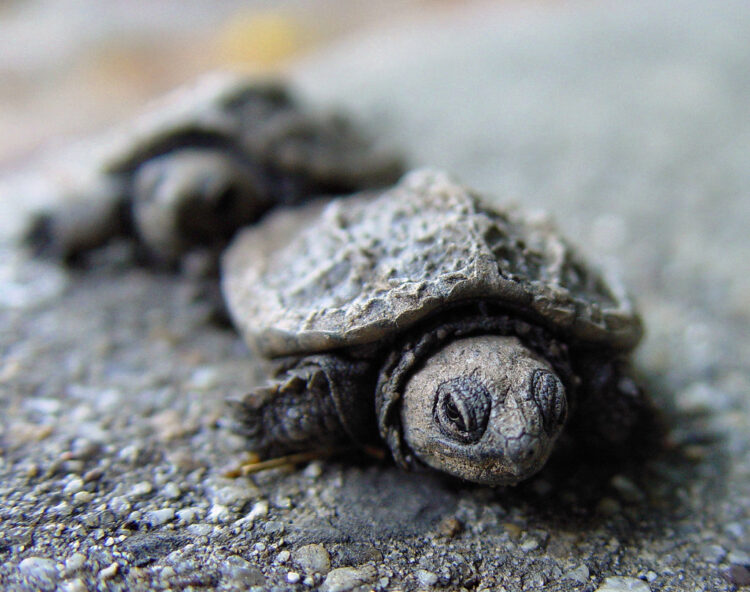
People think turtles don’t make any noise—but that’s not true. Baby turtles can make soft chirps before they even hatch. Grown ones might grunt, squeak, or make low sounds underwater. We don’t always hear them because the sounds are so quiet or too low for our ears. Scientists are still trying to understand what it all means.
They can hold their breath for hours.
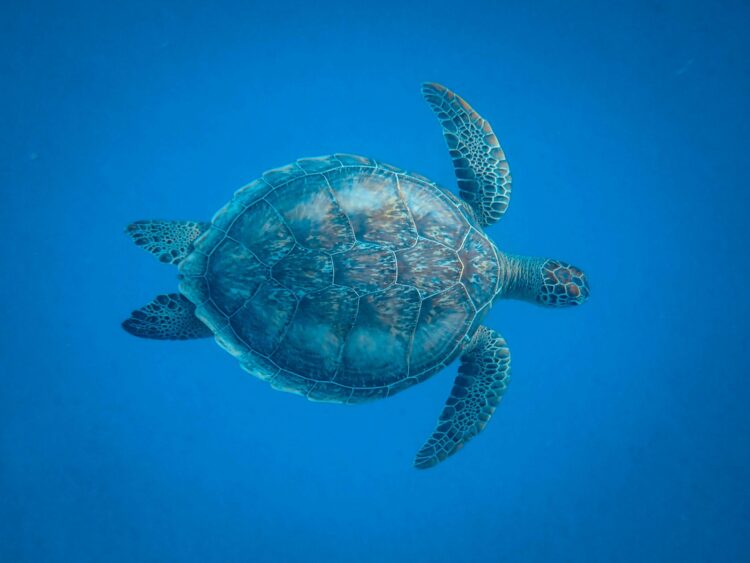
Turtles don’t breathe like people do. When they’re resting, or the water is cold, they can stay underwater for hours without coming up for air. Some take in oxygen through parts of their mouth or throat. Others slow down so much that they hardly need to breathe at all. It’s not just one trick—it’s a bunch of clever ways their body keeps them going when things get tough.
Their shells feel touch.
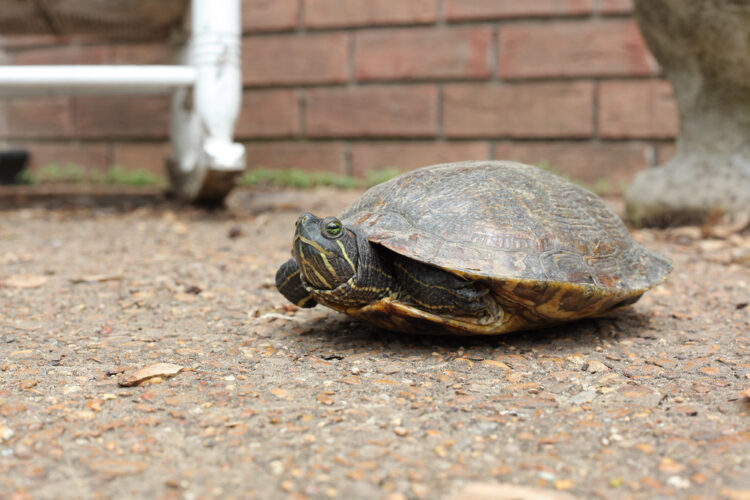
A turtle’s shell isn’t just hard armor—it’s part of their body. It has nerves, so they can feel when you touch it. Some turtles enjoy a gentle scratch and even lean into it as a pet dog would. Others might pull away if it’s too rough. The shell may look tough, but it’s sensitive. It’s closer to touching skin or bone than touching something like a rock.
They help more than we notice.
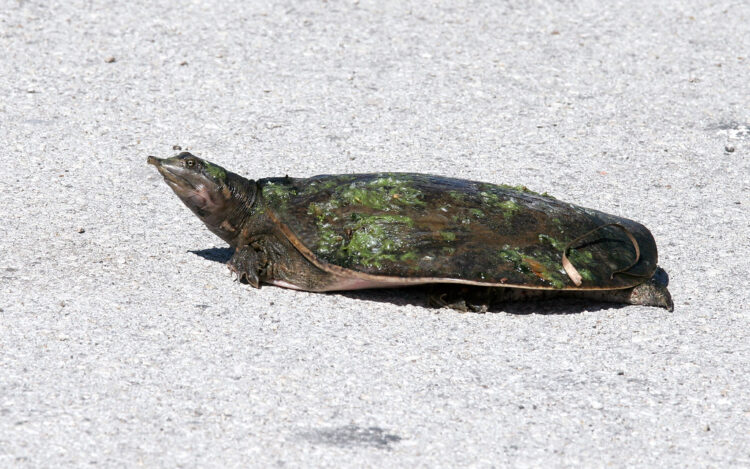
Turtles play roles in their ecosystems that most people overlook. Some control jellyfish numbers. Others spread seeds in their droppings or clean up dead animals. Take them away, and weird things start to happen. Plants stop growing, right? Predators shift. Ecosystems go out of balance. Turtles don’t make a lot of noise—but the work they do leaves a mark.
They lay a lot of eggs, but few make it.
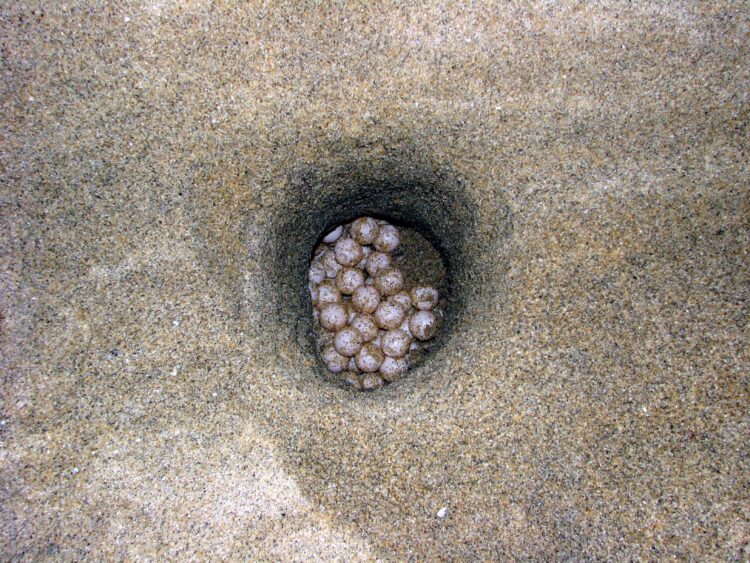
A sea turtle might lay over 100 eggs in one go. But most hatchlings won’t survive the first day. Crabs, birds, waves—it’s a gauntlet. Nature’s solution is numbers. Send out a hundred, and hope one makes it. And if that one survives? It’ll come back years later, crawl up the same beach, and try again. Not because it was told to but because it remembers.

